Something Old – Something New
A Possible Marist Integral Ecology
Part 1
The first of three Circles:
‘walking humbly with God’
We see and understand ourselves today in a vastly different context to the way in which Jesus’ listeners saw and understood themselves. For them, they were the highpoint and centre of creation, in a stable world, built+ on pillars, with the vault above. We can find diagrams of this world view on-line, or in book of biblical illustrations.
All this changed with Copernicus [diagram on the left – with us on ‘Terra’ encircled] in 1543 when he posited that the sun was at the centre of the solar system, with us on one of many planets revolving around this centre.
A few years later in 1608 the German-Dutch spectacle maker, Hans Lippershey, made the first telescope, with three-fold magnification to view the external world.
Shortly afterwards, in 1609, Galileo, the Italian from Pisa and a father of modern science, made a telescope with twenty-fold magnification with which to view the heavens.
George Lemaître (1894-1966), a Belgian Catholic priest, physicist, and contemporary of Einstein, (on the left in the photo below) postulated the expansion of the Universe, and by consequence, the origin of a ‘primeval atom’ and the ‘great unfolding,’ commonly now called the ‘big bang.’
Shortly afterwards, in July 1969, the Americans Neil Armstrong and Buzz Aldrin were walking on the moon, and a photo was being taken of the earth, our home, from another celestial body.
Now, as we are reading this, the space ship ‘Voyager 1’, launched in 1977 and still travelling, has taken pictures of earth from 11 billion miles away – where we are but a shining dot in a cosmic rainbow. The little shining dot inside the white circle below, is us.
This human change of awareness of the created world has all happened in the short space of four hundred years, on planet earth with a history of some 4.6 billion years, in a universe with a history of some 13.8 billion years.
In this same period, we have had the Industrial Revolution, which has enabled the world population to increase from 0.5 billion people 200 years ago to the 7.8 billion population of today.
And in the same 200-year period people in industrialised nations, since the use of fossil fuels, are using 25 times more energy per day than we were prior to the Industrial Revolution. [2]
This is what Pope Francis names ‘rapidification’ [3] and he calls on us to slow down. He is asking us to develop the two practices, the two virtues, of Contemplation and Compassion, so that we can respond to the damage being done to our common home in a creative way which is in tune with the rhythms of God-given nature.
This is where we are called to “be still and know that I am God” (Psalm 46:10).
This is the first of the three circles we wish to explore in an Integral Ecology: what the prophet Micah calls “walking humbly with God” (6:8). We are called to be in touch with the sacredness of creation, to re-learn from the indigenous peoples of the world that all creation is inter-related and inter-connected, to re-learn, with humility, our place in the ambiguous sacrament of the created order, the original sacrament given by our Creator to everyone who has come to birth and life on earth, which all tribes, and cultures have sought to interpret, and which we believe has been fully revealed in Jesus, the Word made flesh.
Our Marist General Chapter of 2017 took this call with some seriousness: we are called to bring the joy of the gospel in a time of global change to a world all too often scarred by fragmentation and the degradation of the poor and the earth. [4]
Mary, the mother of the New Creation, calls us to nurture life in all its forms. [5] We are to search for ways to grow constantly in lives of contemplation and to lead others along the path of discipleship and mission rooted in deep prayer. [6]
Could we re-name and re-practice our traditional, tried, and proven spiritual exercises as a process for maintaining a healthy and dynamic ecological self, in an ecologically conscious world? If we enter into our daily prayer, the celebration of Eucharist and our spiritual reading as ecological exercises, then we find ourselves living the ‘ecological conversion’ to which Pope Francis is calling us. We experience our interior life, led by the Spirit of God, being recreated and regenerated day by day, hour by hour, as we are called to find our most fruitful place in life, and make our most fruitful contribution in the Church, for the life of the world. As we do this, we are truly living for the greater glory of God, and honouring his Mother who bore him here on this earth.
§ What are the old treasures I give thanks for and need to keep? What do I need to let go of? See Matthew 13:52.
§ What practices help me to “be still and know that I am God?” Psalm 46:10.
§ How do I counter the ‘rapidification’ Pope Francis names in Laudato Si # 18?
§ What image of God do I have in our ever-expanding Universe, and our fragile planet earth? How does this image serve me as I change, and the world changes? John 1:1-14.
§ What does it mean for me to have an “ecological conversion”, and a “human ecology?” Laudato Si # 5.
_______________________________________________________________________________________________
[1] Matthew 13:52 – “Every scribe who has become a disciple of the kingdom of heaven is like a head of a household,
who brings out of his treasure things new and old.”
[2] ourworldindata.org/fossil-fuels
[3] Laudato Si, # 18
[4] SM 2017 Chapter Statements and Decisions # 3
[5] ibid. # 5 [6] ibid. # 9a
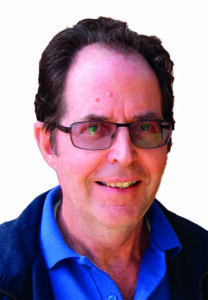
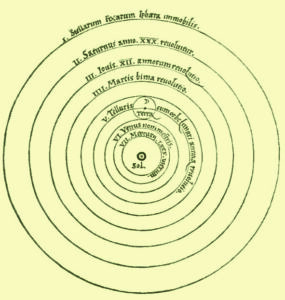
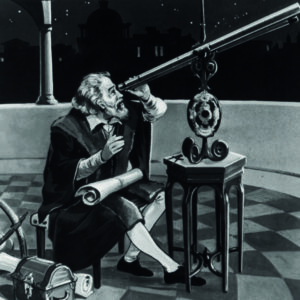
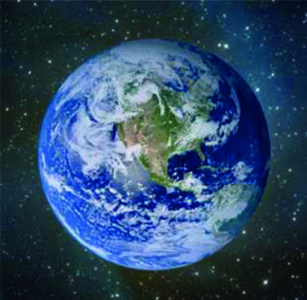
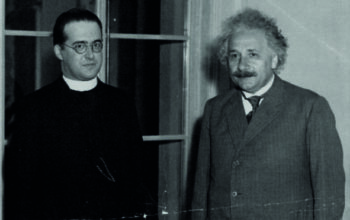
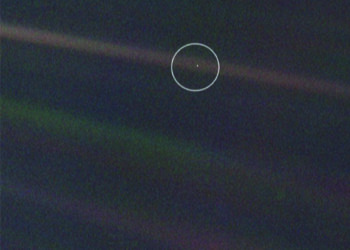
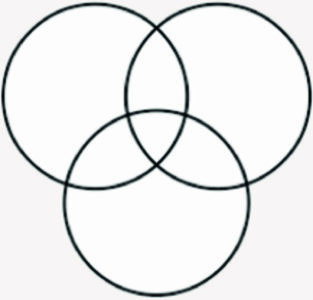
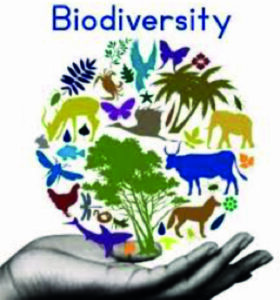
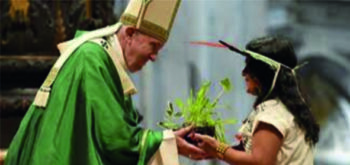
 Entries(RSS)
Entries(RSS)